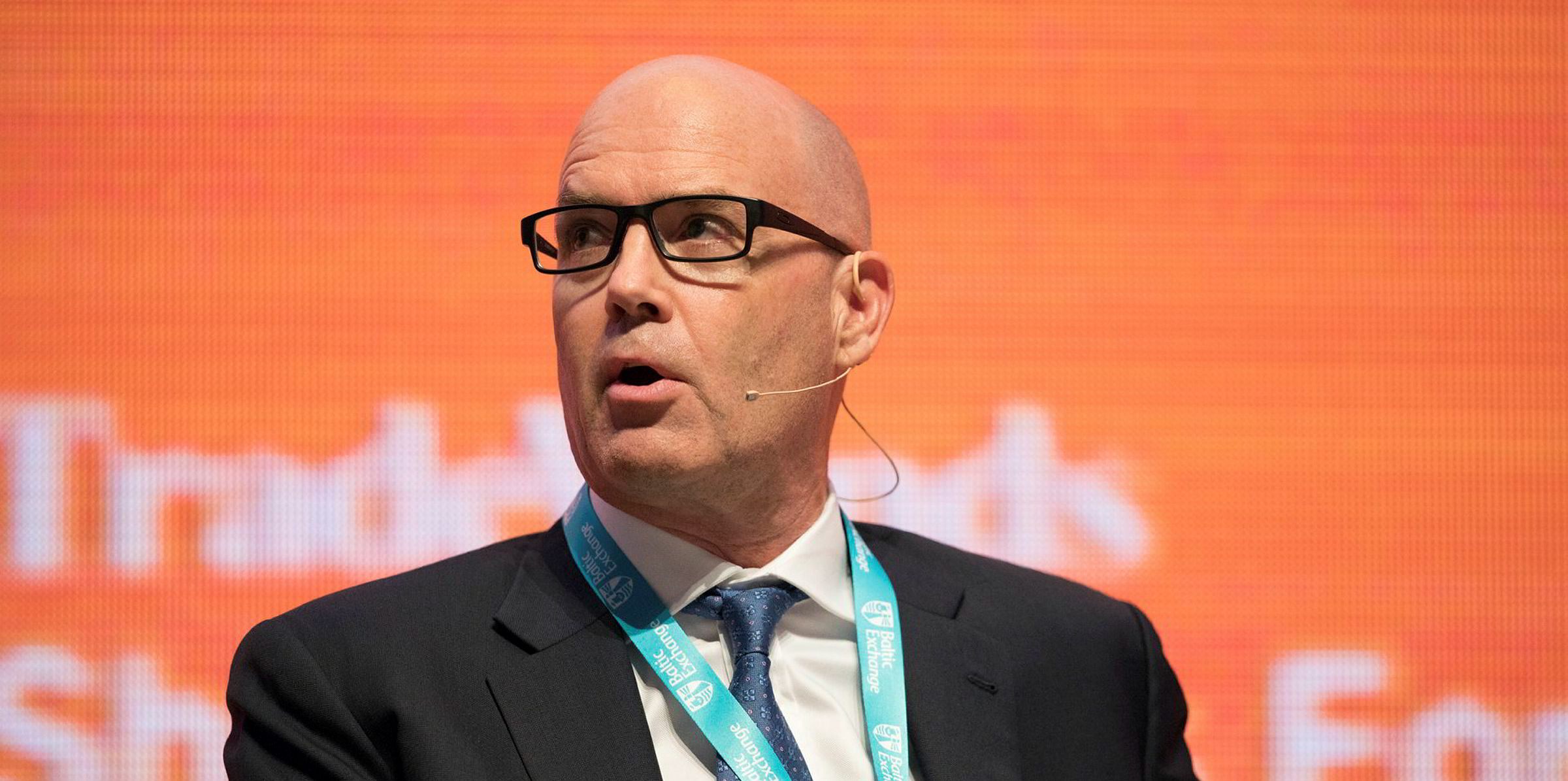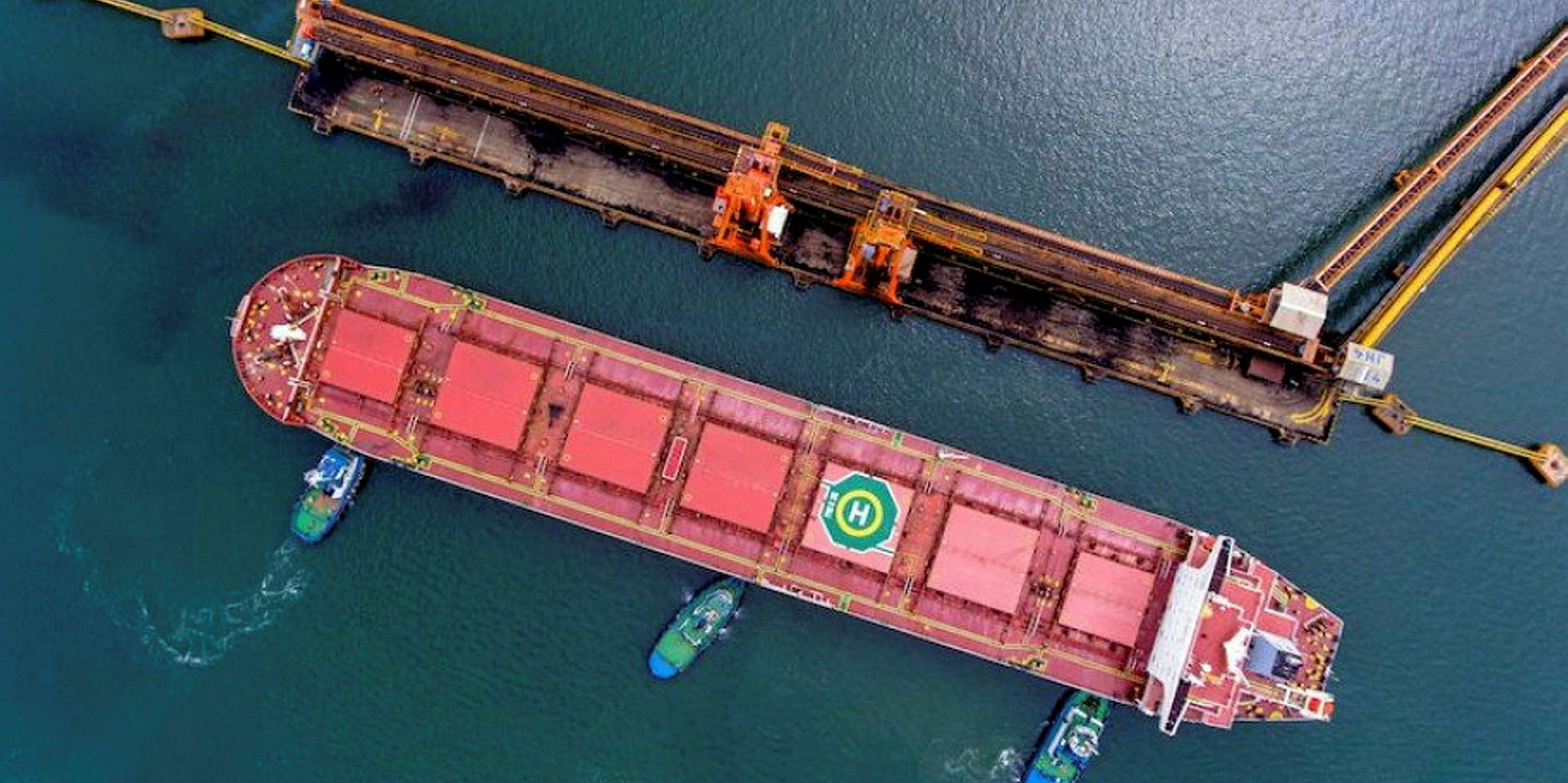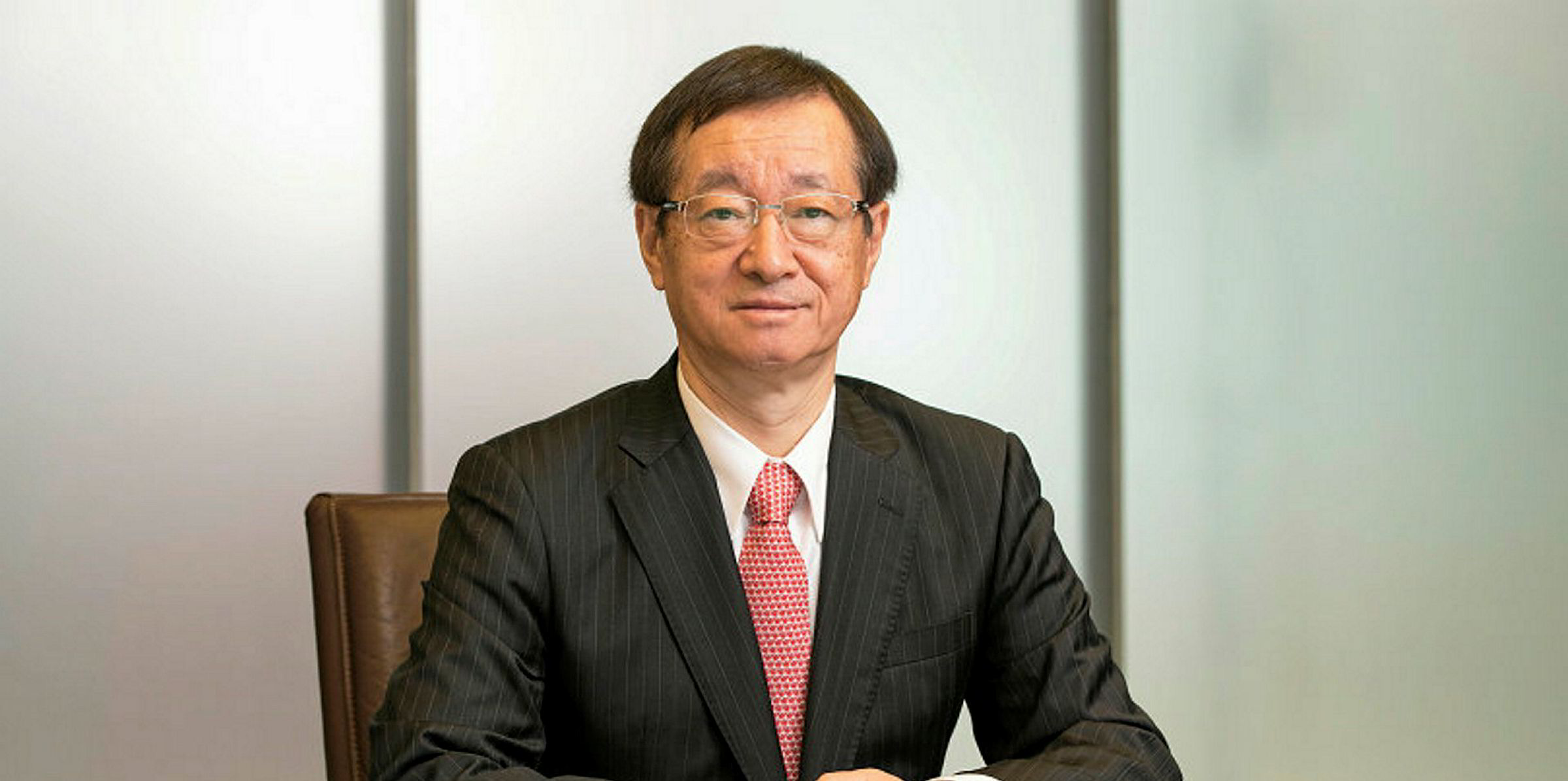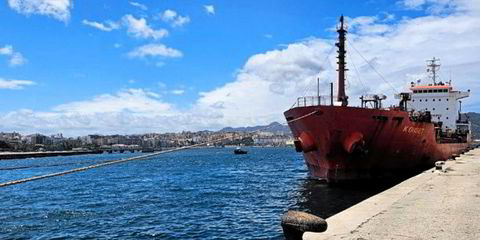The sale of two capesizes this week marks the beginning of Japanese owners' moves to dispose of older bulkers due to declining demand and environmental and safety concerns.
Several Japanese steel furnace and power-plant closures, in combination with far-reaching safety reviews by owners and operators in the wake of the grounding of the 203,000-dwt Wakashio (built 2007), are set to accelerate the offloading of ageing Japanese-controlled tonnage.
Japanese shipowners traditionally operate capesizes up to a maximum age of 15 years old and typically sell on vessels after completion of 10-year to 15-year charters, or freight contract commitments to local steel mills and power plants.
According to VesselsValue, there are still 11 capesizes built in 2005 controlled by Japanese beneficial owners. Brokers expect these bulkers to be sales candidates this year.
But the question sale-and-purchase brokers are asking is how quickly Japanese owners will now accelerate the disposal of another 14 capesizes built in 2006, such as the 203,000-dwt Cape Daisy sold this week, and another 21 built in 2007?
Most of these bulkers have finished long-term charters and are operating on the spot market.
Furnace closures
However, the major users of these ships, Japanese steel mills, are closing furnaces in the short term to cope with the pandemic-related economic downturn and also as part of long-term restructuring plans.
Nippon Steel has announced major furnace closures at its Kashima, Wakayama, Kure and Kimitsu plants. JFE Steel Corp has announced similar closures at its main Kawasaki steel plant.
According to broker Clarksons, Japan’s iron-ore imports are set to slump to 99.2m tonnes this year, compared with 119.6m tonnes last year. Demand is expected to rebound to 113.1m tonnes next year, as the economy recovers. But iron-ore imports to Japan are in long-term decline. In 2014, Japan was importing 136.4m tonnes annually.
Another factor that will encourage sales is fuel efficiency. The 2005 to 2007 generation of capesizes were built during the newbuilding boom and are generally viewed as much less fuel efficient than modern equivalents.
Safety review
The Wakashio casualty off Mauritius has been another factor in encouraging capesize operators to quickly dispose of older tonnage.
Although the age of the Wakashio, owned by Japan's Nagashiki Shipping, was not a cause of the accident, at 13 years old the vessel had just completed its long-term employment with Nippon Steel and was typical of the vessels that are now being eyed for sale.
One broker said: “The Wakashio accident was not related to the ship’s age but, following the accident, Japanese steel mills and operators have been undergoing a major safety review and age is an important part of their overall safety matrix.
“They will want to avoid tonnage of this age because they don’t want to be caught out using similar-aged ships if an incident like this happens again.”






